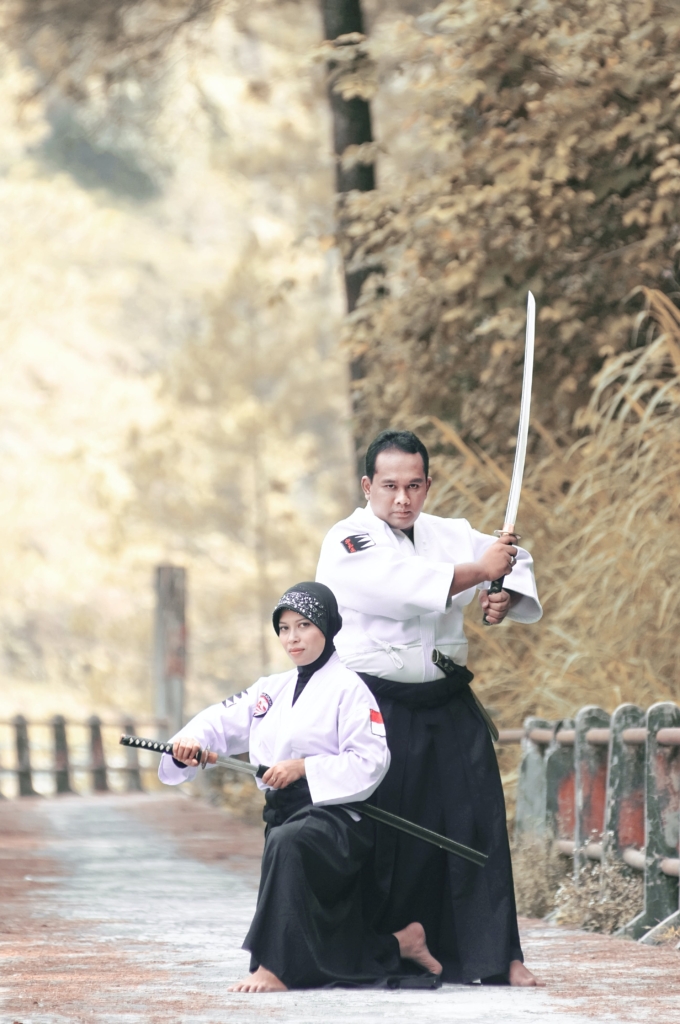Why You Might Want to Own a Fixed Blade Knife (And Be Glad You Did)
If you’ve ever found yourself wondering whether a fixed blade knife is worth owning, you’re not alone. With all the choices out there; folding knives, multitools, even pocket-sized blades: it can be hard to know what’s really worth using. But there’s something about a solid, dependable fixed blade that just makes sense. In fact, there are plenty of good reasons to keep one in your gear bag, or even on your belt where legalities permit, of course.
In this post, we’ll break down why fixed blade knives are so useful, who should think about owning one, and what makes them different from other types of knives.
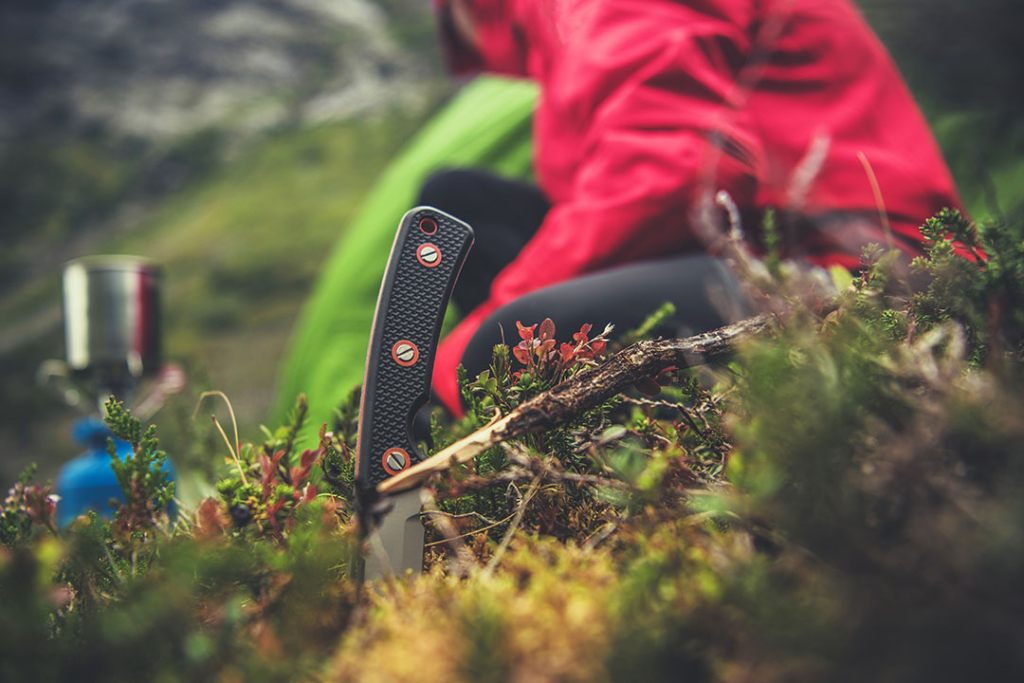
Survival Camping in the Wild. Knife in the Ground and the Camper in the Background.
What Is a Fixed Blade Knife?
Let’s start with the basics. A fixed blade knife is exactly what it sounds like – a knife that doesn’t fold. The blade is permanently fixed in place, typically connected to the handle by a solid piece of metal, often full tang (which means the blade runs all the way through the handle for extra strength).
Unlike folding knives, there are no moving parts. That means fewer things to break, less chance of failure, and better durability overall. Plus, their simplicity allows for easy field stripping and cleaning, resulting in better longevity overall.
Why Choose a Fixed Blade Knife?
1. They’re Stronger and More Reliable
One of the biggest advantages of a fixed blade knife is strength. Since there are no hinges or locking mechanisms, the blade can handle much more pressure, both in the normal up and down direction, but also side to side, which most locking knives can’t handle well. Whether you’re chopping kindling, cutting rope, or field dressing game, a fixed blade won’t give out when you need it most.
This reliability makes fixed blades especially useful for outdoor survival, camping, hunting, and even emergency situations.
2. Great for Heavy-Duty Tasks
Folding knives are great for convenience, but when it comes to serious work, a fixed blade shines. Need to baton wood for a campfire? A folding knife isn’t going to cut it – literally (sorry). Fixed blades are made for tough, rugged use, and they’re built to last.
People who enjoy bushcraft, survival skills, or simply being prepared appreciate the raw power that comes with a strong, full-tang knife.
3. Easier to Clean and Maintain
Because they don’t fold, fixed blades are much easier to clean. No springs, no pivot points, no hidden parts for dirt or debris to get stuck in. Just rinse it off, dry it, and you’re good to go. If you really want to, a light mineral oil will keep the blade safe and rust free. Try and avoid other oils as they aren’t as food safe. You know – even vegetable oil will work!
This makes them a smart choice for hunters, fishers, and anyone using their knife in messy environments.
Fixed Blade Knives for Daily Use? Yep.
You might be thinking, “But aren’t fixed blades too big?” Not necessarily. There are plenty of compact fixed blade knives designed for more common household tasks. With the right sheath and a smart setup, a small fixed blade can be just as handy.. if not more so – than a folding knife.
Who Should Own a Fixed Blade Knife?
Fixed blade knives aren’t just for survivalists or hardcore outdoorsmen. Here’s who else might want to have one:
-
Campers and hikers – For food prep, fire-starting, and gear repair
-
Hunters and fishers – For skinning, gutting, and cutting line
-
DIYers and tradespeople – For cutting cords, stripping wires, or general use
-
Preppers and emergency kits – Because when things go wrong, a tough blade can be a lifesaver
-
Anyone who values reliability – If you want a no-fuss knife that just works, this is it
This is by no means an exhaustive list – they can be useful for almost anyone!
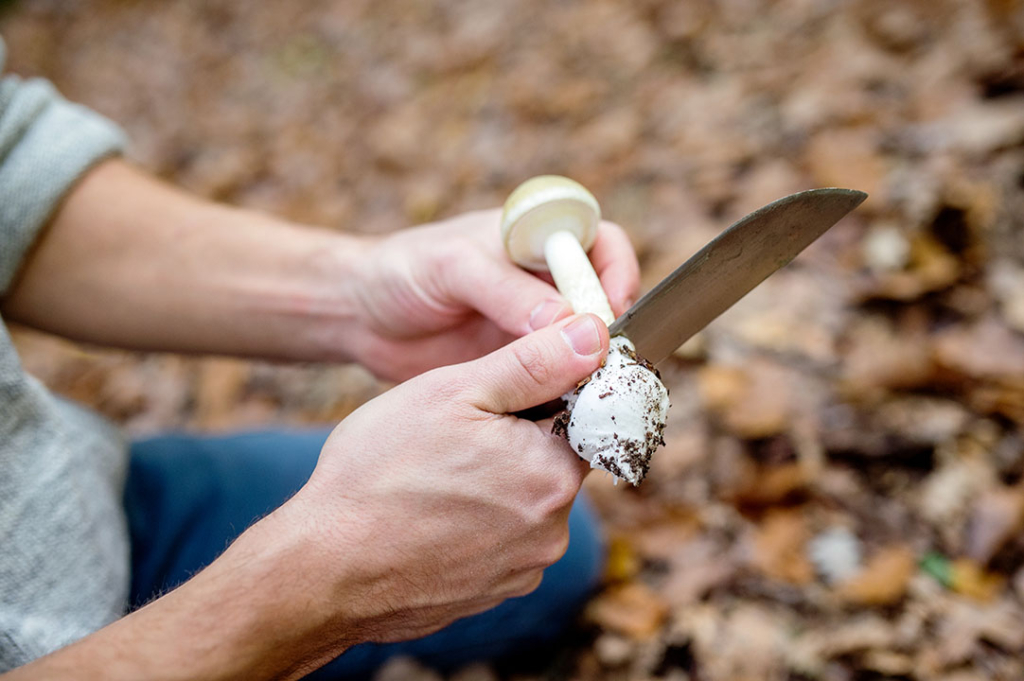
A man in the forest holding a mushroom in his hands, cleaning it with knife
What to Look for in a Good Fixed Blade Knife
If you’re considering picking one up, here are a few things to keep in mind:
-
Full tang design – Stronger and more durable
-
Comfortable handle – You’ll want something that feels good in your hand
-
Quality steel – High-carbon steel or stainless steel both have their perks
-
Solid sheath – A good sheath makes carrying safer and more practical
You don’t have to spend a fortune to get a quality knife, either. There are some great budget-friendly options out there that will hold up to regular use.
Final Thoughts: Fixed Blade Knives Just Make Sense
Whether you’re heading out into the wild or just want a dependable tool on hand, a fixed blade knife is a solid choice. It’s tough, reliable, and easy to use when it matters most.
Sure, folding knives have their place. But when you want strength, simplicity, and trust in your gear, it’s hard to beat a fixed blade. Once you start using one, you might wonder why you waited so long.
So if you’re thinking about adding a new knife to your collection – or maybe your first one – give a fixed blade a serious look. It might just become your go-to tool for everything life throws your way.

A woman makes a fire to keep warm in the forest.


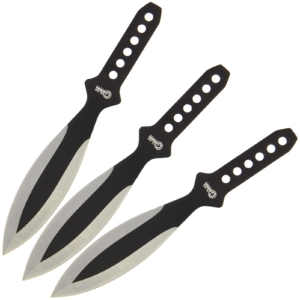
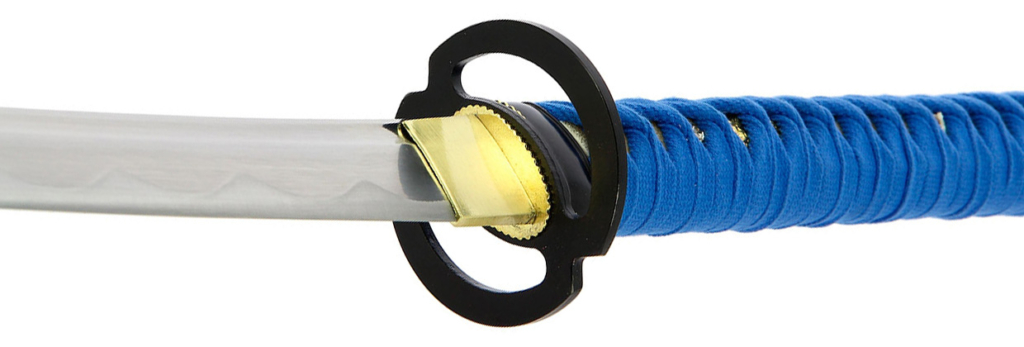 The Joy of Water-filled Bottles and Blades
The Joy of Water-filled Bottles and Blades